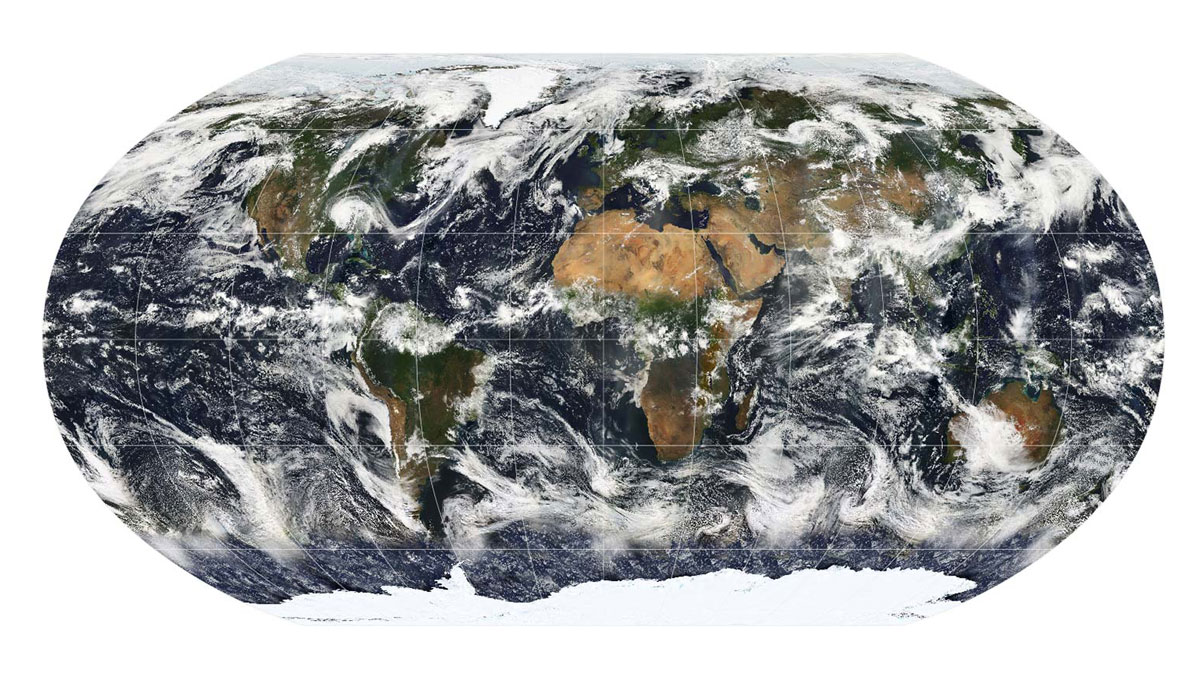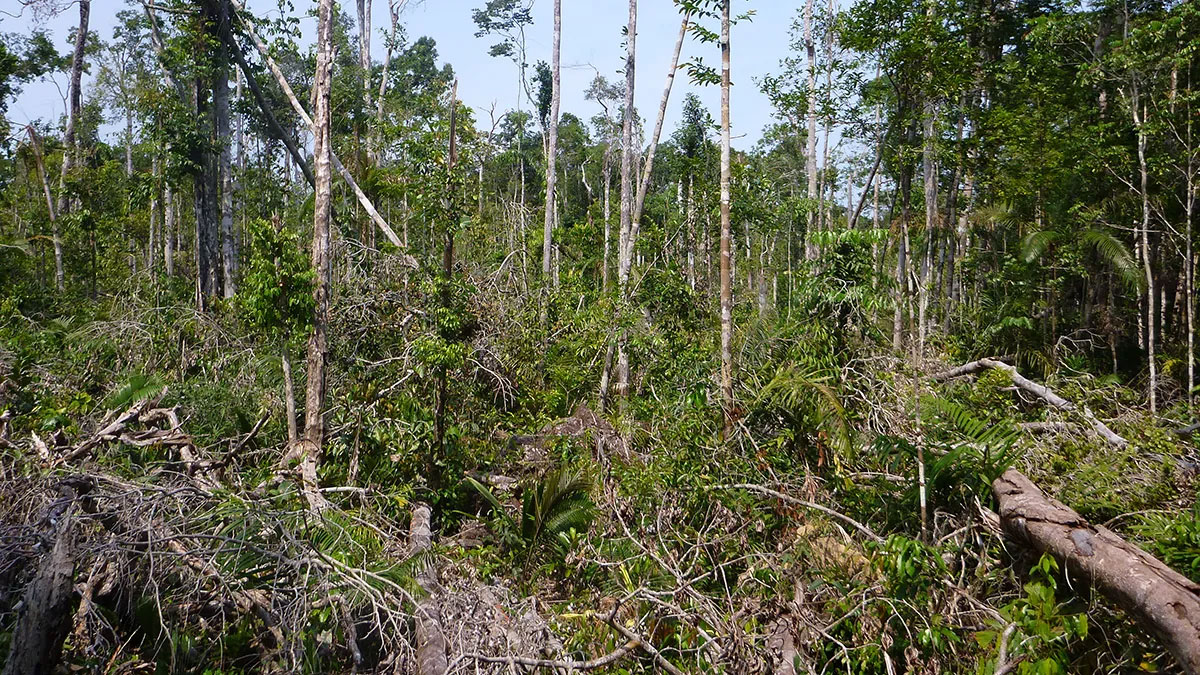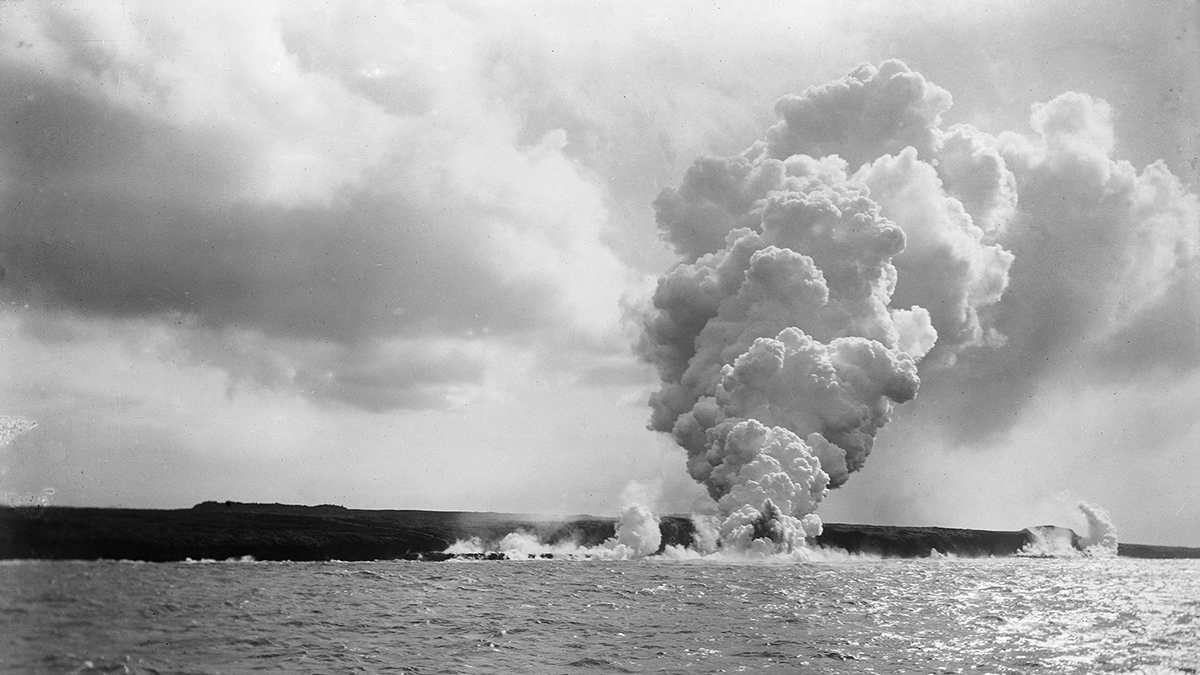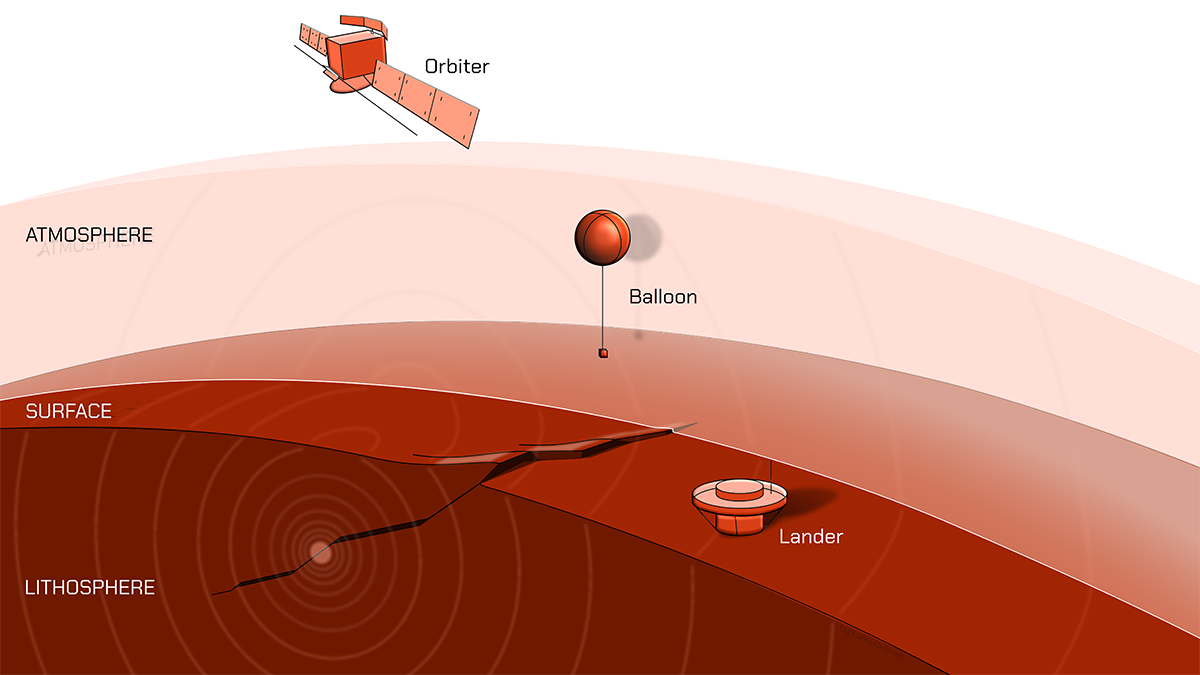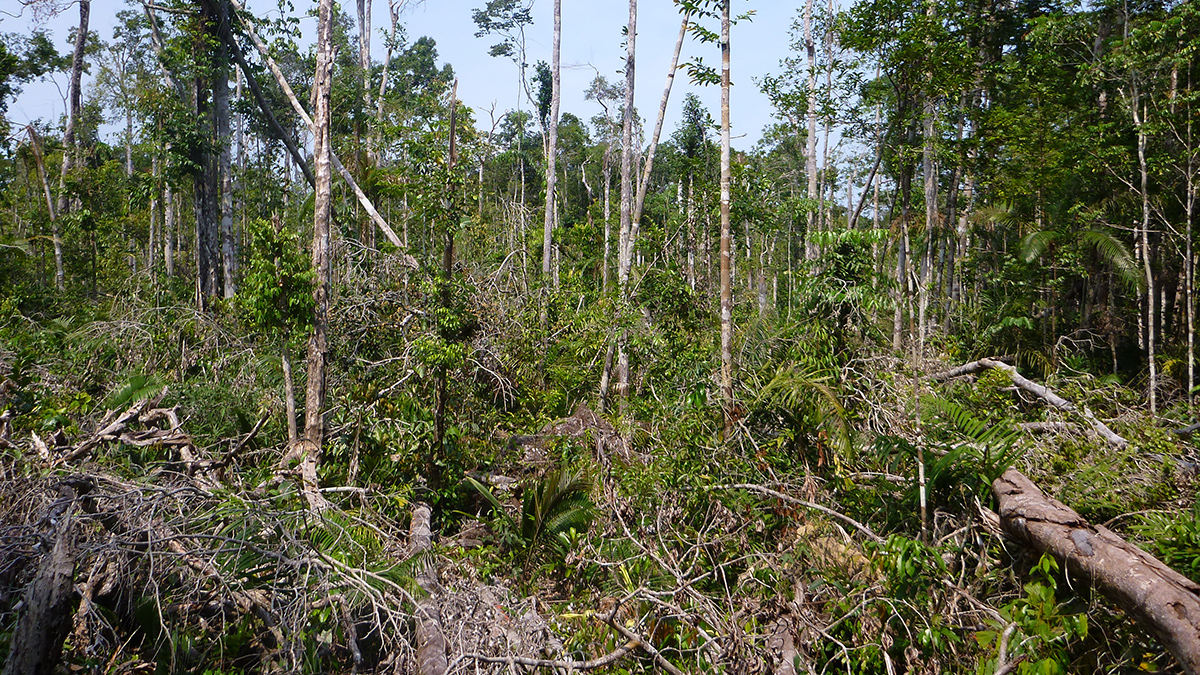Decreases to our planet’s albedo caused by fewer low-lying clouds helped push temperatures to historic highs in 2023, according to new research.
Nathaniel Scharping
Bringing Climate Change’s Effects on Atmospheric Circulation to Light
A lengthening observational record is being used to test predictions and improve understanding of the mechanisms behind changing circulation.
What 92 Years of Data Say About Ice Cover
New research on Mohonk Lake in New York investigates how changing ice phenology alters temperature dynamics in lakes.
Las tormentas están tirando cada vez más árboles
La cantidad de árboles derribados por el viento ha incrementado casi cuatro veces en la región, probablemente por tormentas más fuertes.
Three Ways to Track Venusquakes, from Balloons to Satellites
The planet’s harsh conditions make studying seismicity challenging, but it is likely possible.
Storms Are Knocking Down More and More Trees in the Amazon
Windthrows have increased nearly fourfold in the region, likely because of stronger storms.
理解区域海平面上升的途径
更精细分辨率的模型,以及对大陆架-海洋过程的更好理解,是理解不同的海岸将如何受到海平面上升、极端风暴潮和海浪影响的关键。
Tracking a Disappearing Mantle Plume in Ancient Samoa
A thick portion of Earth’s crust may have capped the Samoan plume and suppressed volcanism for 30 million years, explaining a curious gap along the Samoan chain.


